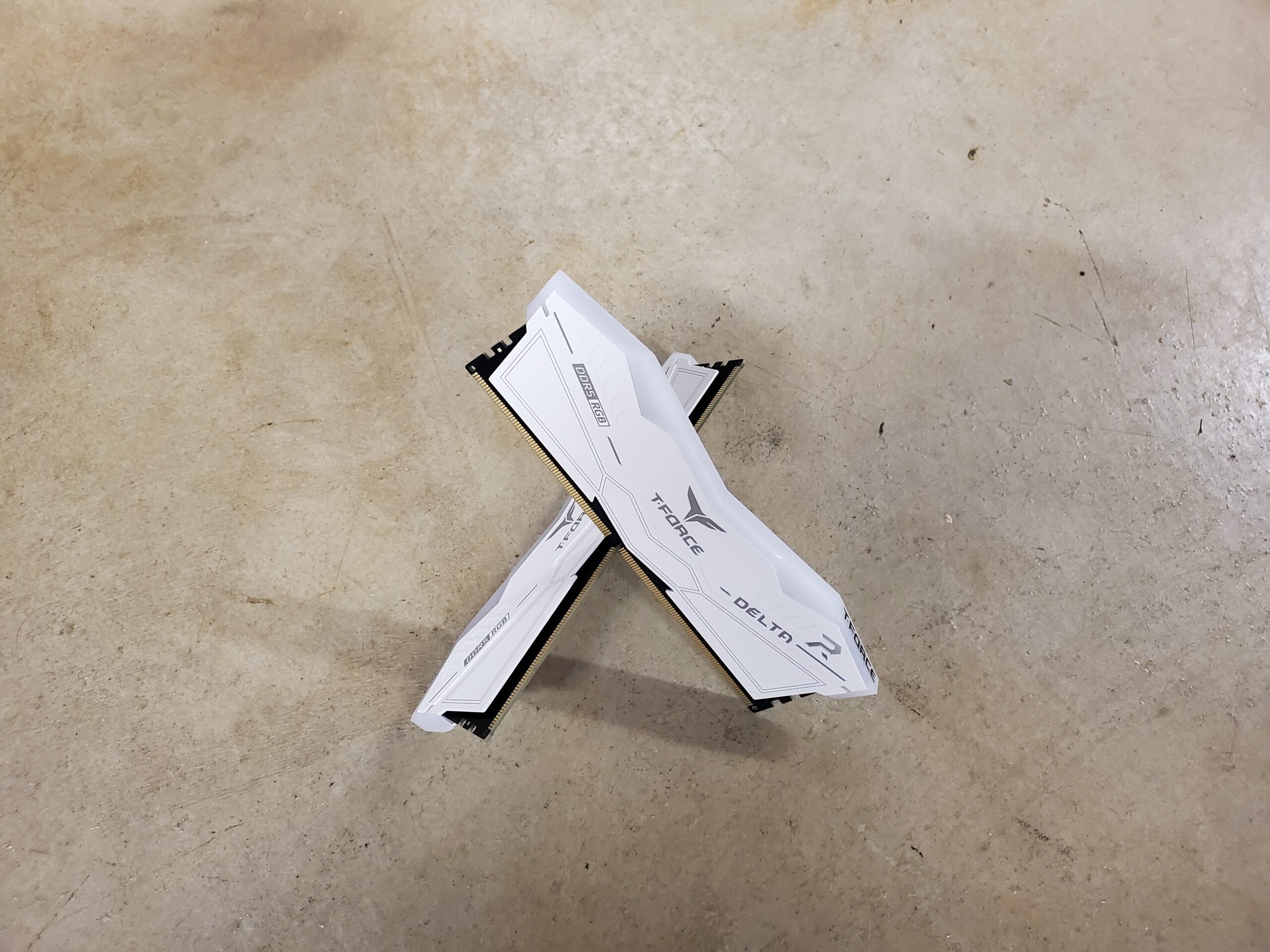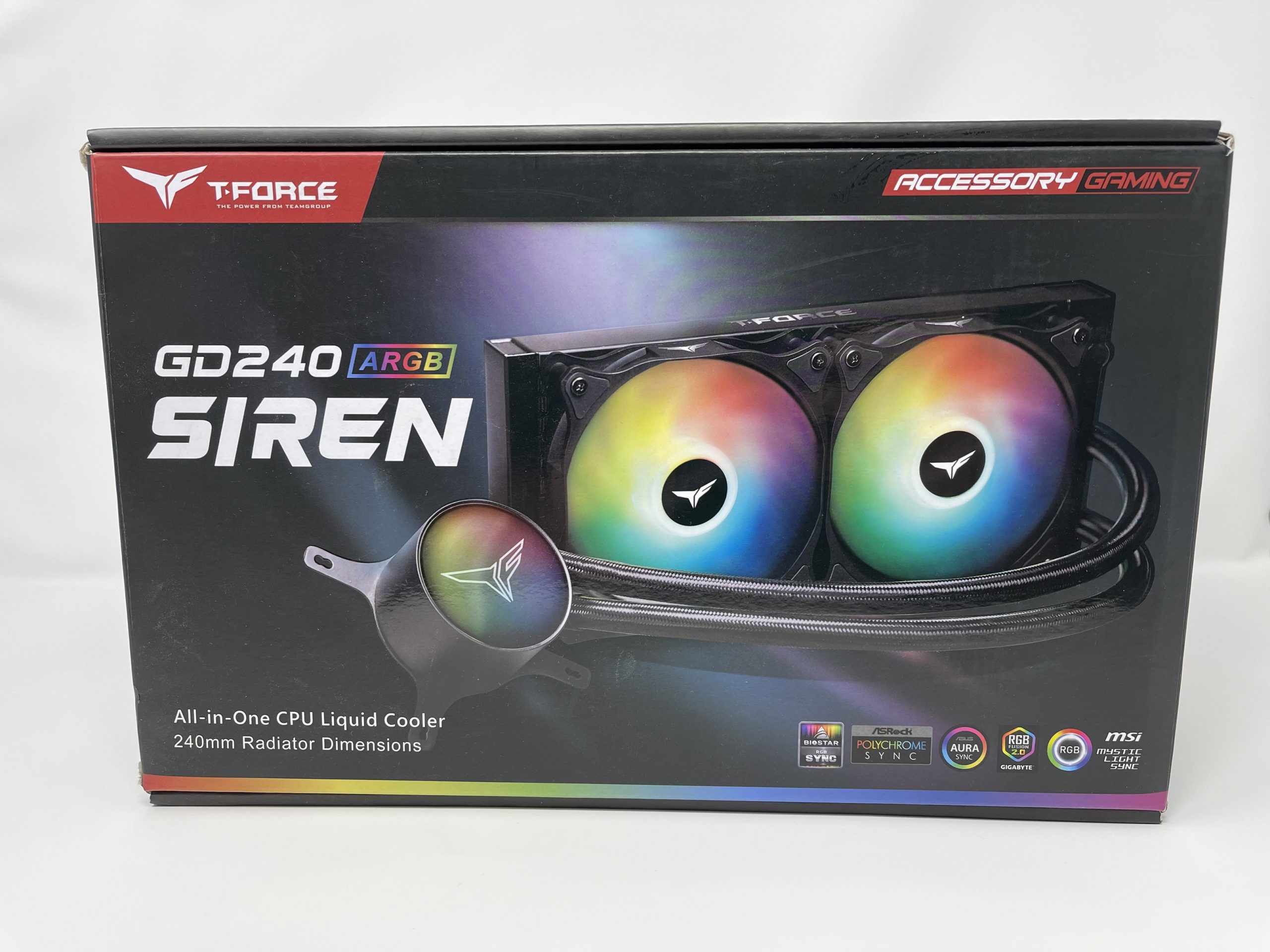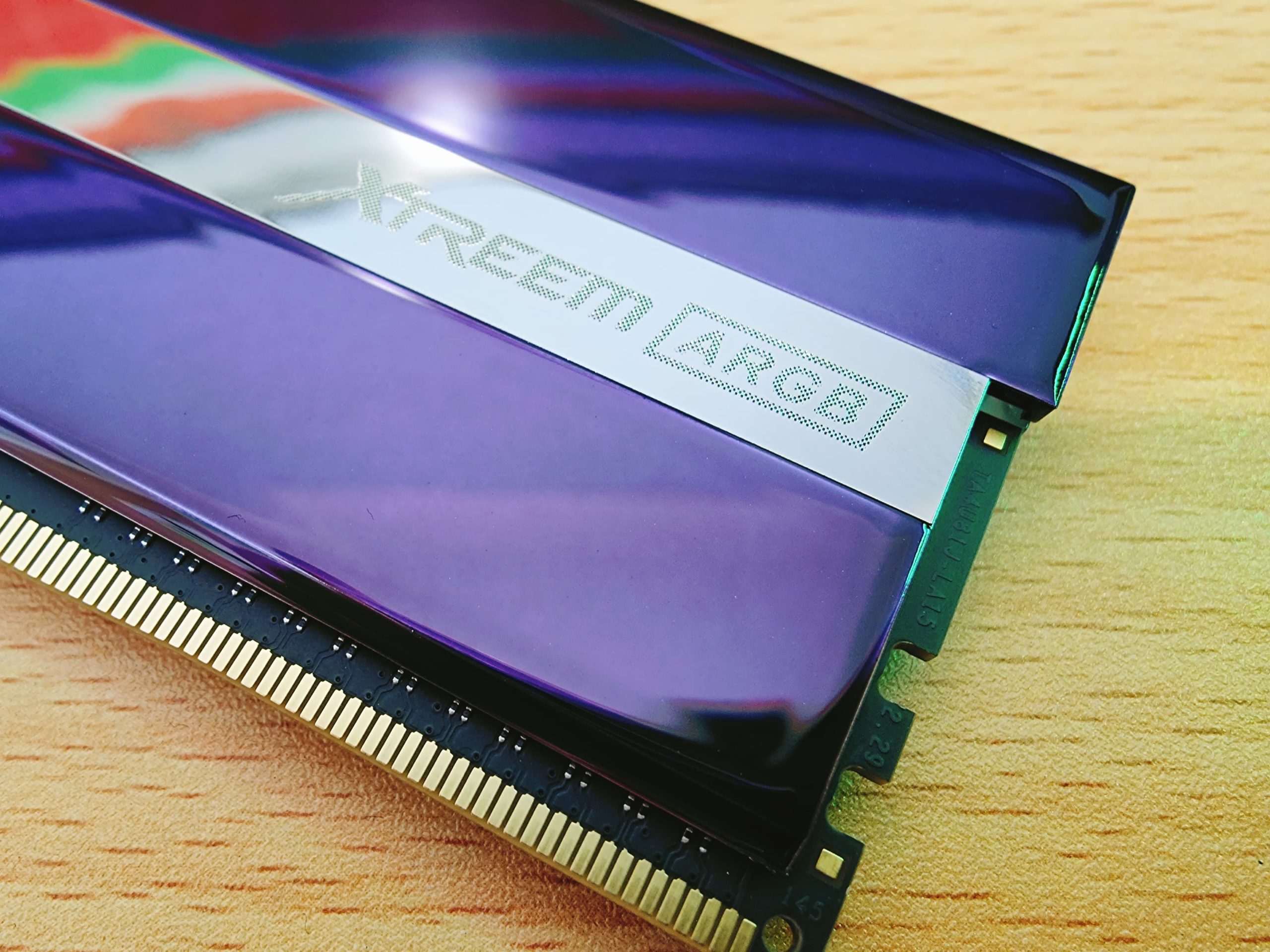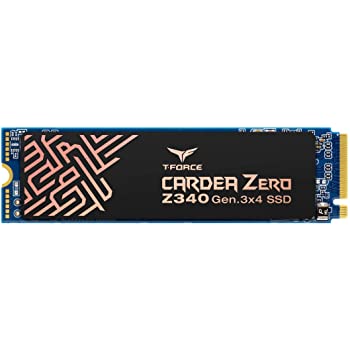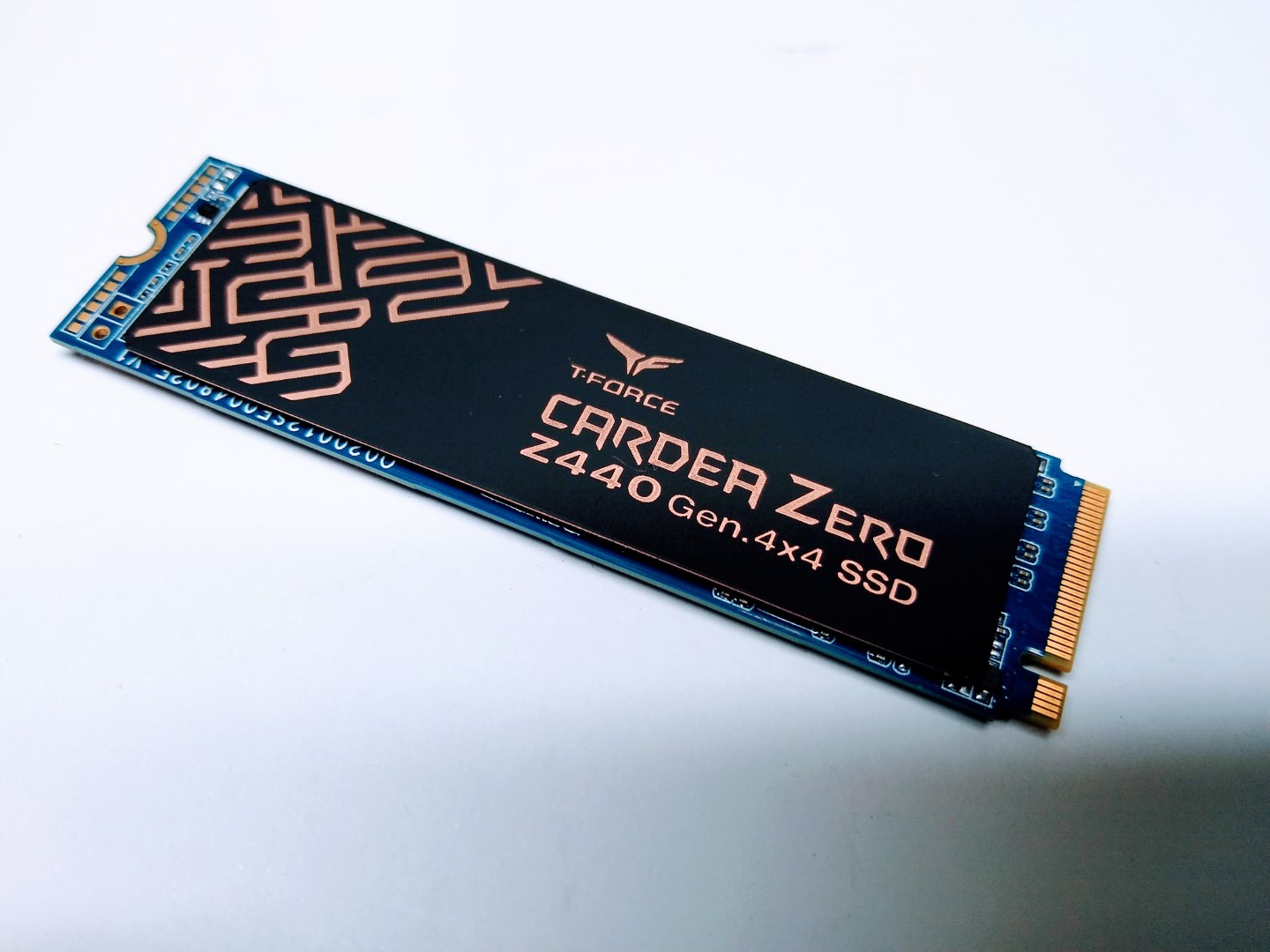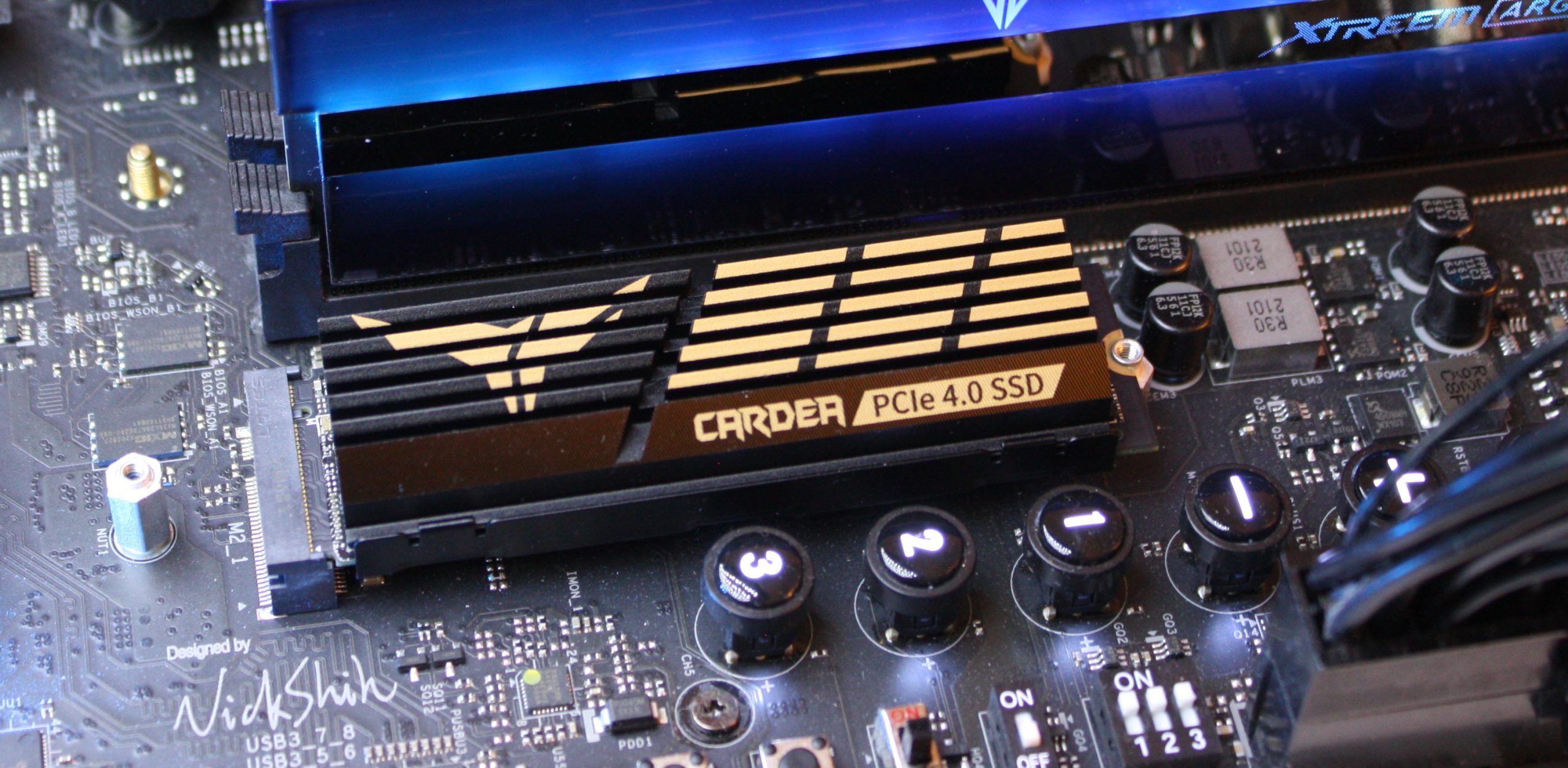
The speed ratings of NVMe storage devices have been rapidly evolving since the introduction of the first drive. You might not be shocked anymore to learn that Team Group launched an ultra-fast drive capable of sequential read/write speeds of 7,000/6,900 MB/s. However, until now, nobody has solved the complicated heat sink problem.
Cooling methods have been growing in complexity and evolving with NVMe devices as heat becomes a bigger issue. In general, as the speed goes up, so too does the heat output. It's become such a big issue that NVMe drives are now shipping with extravagant finned aluminum heat sinks. We've also seen motherboards come out with integrated NVMe heat sinks, which is an excellent feature we really appreciate. However, a large finned NVMe heat sink and an OEM motherboard armor heat sink simply don't work together. Your options have been to void the NVMe warranty and potentially kill the drive by removing the heat sink, or not use the motherboard heat sink and miss out on that sleek hidden-drive look. Team Group has officially solved this problem, follow along as we show you how they did it.



